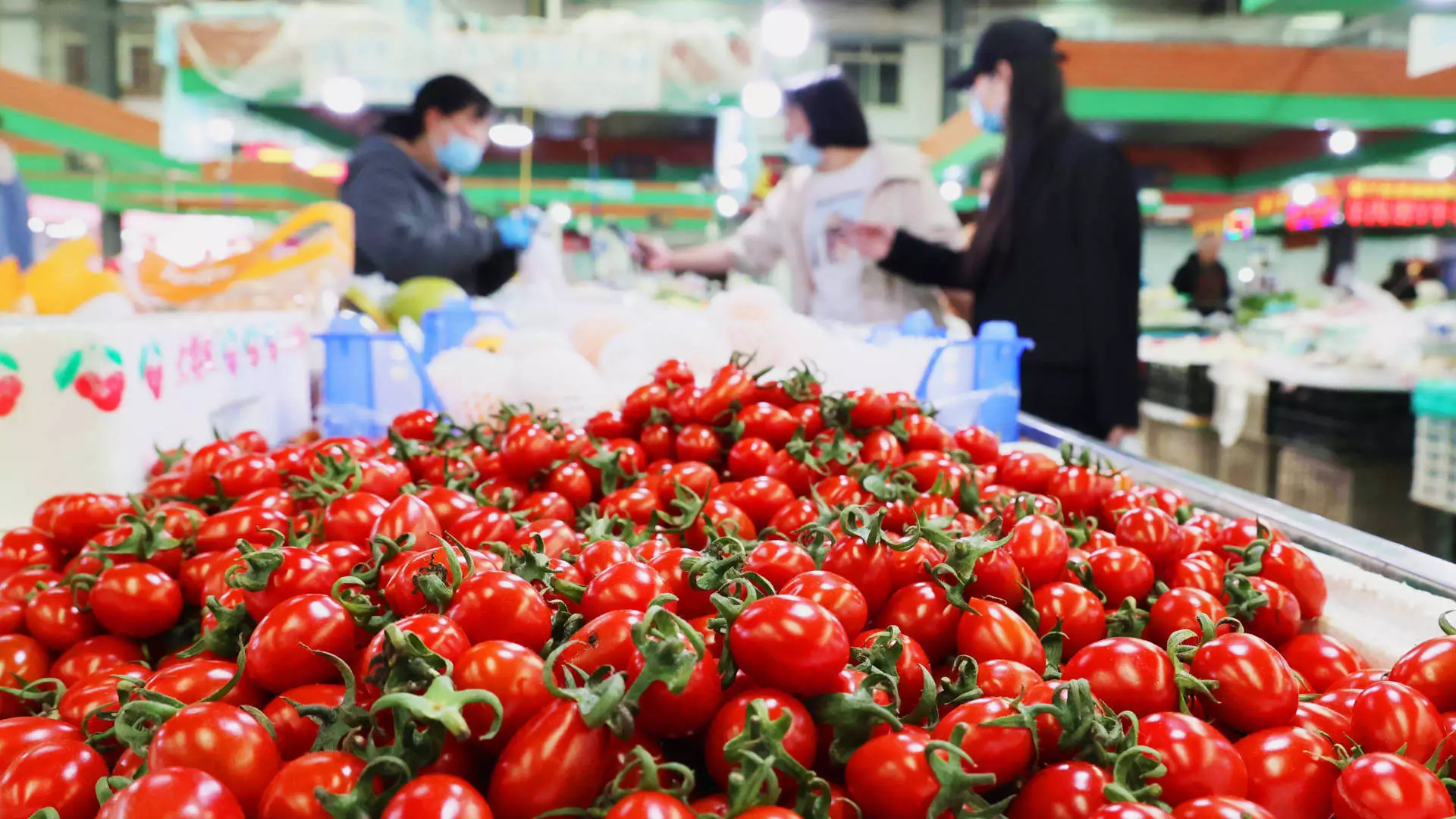The current state of China’s economy raises a myriad of concerns, particularly as consumer prices rise at the slowest rate in four months and producer price deflation becomes increasingly pronounced. The implications of these trends point to a complex web of economic challenges that may be exacerbated by policy decisions and external factors.
According to data released by the National Bureau of Statistics, China’s Consumer Price Index (CPI) exhibited a modest increase of only 0.3% year-on-year in October. This figure represents a slowdown from the 0.4% increase recorded in September and is the lowest inflation rate observed since June. Notably, this performance falls short of the 0.4% rise predicted by economists in a Reuters poll, indicating a taste of economic stagnation.
In analyzing the reasons behind the tepid rise in consumer prices, it’s essential to consider the timing of multiple factors, including the Golden Week holiday, which often influences spending patterns in the country. Bruce Pang, chief economist at JLL, stressed that the impact of stimulus measures aimed at boosting domestic demand was not yet evident. This indicates a disconnect between monetary policy actions and tangible economic outcomes—suggesting that consumers may not yet feel the positive effects hoped for by policymakers.
While the overall CPI growth has stalled, an intriguing aspect of the data is the performance of core inflation, which excludes volatile categories such as food and fuel. This metric rose by 0.2% in October, compared to only 0.1% in September, hinting at potential underlying inflationary pressures. As markets and economists prepare for potential rate cuts from the People’s Bank of China early next year, the mild pace of core inflation offers a glimmer of hope amid broader economic concerns.
This potential for policy easing is crucial given the broader context of China’s economic recovery. With predictions indicating that overall consumer inflation will remain low, at approximately 0.8% for the upcoming year, and producers struggling with a significant decrease in prices, the forecast paints a sobering picture.
Compounding the concerns surrounding consumer prices is the trend in producer prices, which experienced a notable slide of 2.9% year-on-year in October, marking a deeper deflation than the preceding month’s decline of 2.8%. This rate of decline is the most pronounced seen in almost a year and signals troubles in sectors like petroleum, natural gas extraction, chemical manufacturing, and automotive production. The current price trends in these areas could create ripple effects across the economy, further complicating recovery efforts.
Analysts suggest that the challenges faced by manufacturers may be symptomatic of broader structural issues within the economy, such as sluggish domestic consumption and an over-reliance on the real estate market, which is currently facing significant setbacks.
In response to these economic signals, the Chinese government has approved a staggering 10 trillion yuan ($1.4 trillion) stimulus package aimed primarily at alleviating local governments’ hidden debt burdens. However, this package does not align with the expectations of many investors who hoped for a more direct infusion of capital into the struggling economy. The package’s effectiveness remains uncertain, with many analysts expressing skepticism regarding its ability to stimulate economic activity or revitalize consumption.
Finance Minister Lan Foan’s comments, which hinted at upcoming tax policies to support the housing market and efforts to recapitalize banks, suggest that authorities may be adopting a more measured approach in their attempts to bolster the economy. This cautious stance may reflect anticipation of external geopolitical developments, including the possibility of Donald Trump returning to the U.S. presidency, which could alter the economic landscape.
China’s economic outlook remains fraught with challenges as it grapples with low consumer inflation, deepening producer price deflation, and a complex geopolitical climate. Policymakers will undoubtedly need to tread carefully, combining prudent fiscal measures with agile macroeconomic strategies to navigate this precarious situation. Moving forward, close attention to consumer sentiment and manufacturing health will be imperative for evaluating the success of ongoing reforms and stimulus packages.


Leave a Reply